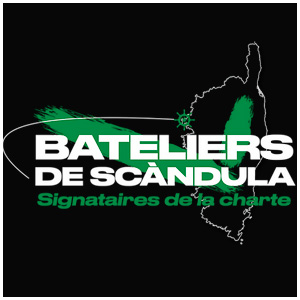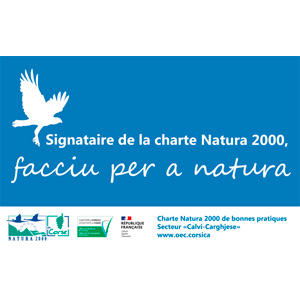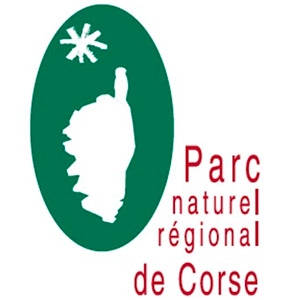Posidonia, What Is It?
Posidonia takes its name from the sea god Poseidon. Despite its appearance, posidonia is not an alga but a true plant. It is endemic to the Mediterranean, grows slowly (about 1 cm per year), and has roots and fruits that resemble green olives.
Posidonia serves as a habitat for thousands of fish, providing a spawning ground and nursery. The need to protect posidonia is crucial. This seagrass meadow helps store carbon and oxygenate the water. Additionally, when it forms mats on the beach, it protects the shore from marine erosion.
Its fragility is due to the fact that it grows at shallow depths, up to a maximum of 40 meters, making it highly exposed to human activities and therefore extremely vulnerable.
Posidonia meadows have been identified as a priority habitat under the **1992 European Habitats, Fauna, and Flora Directive**. In France, posidonia has been protected under a ministerial decree of July 19, 1988 (list of protected marine plant species). Despite this protection, coastal development pressure remains so high that posidonia is still severely threatened.
- Look for sandy, clear areas without posidonia before anchoring.
- If you must anchor in a posidonia meadow, position the boat directly above the anchor before retrieving it.
Raising awareness is key to preserving this species and protecting the environment in general. That is why we make it a priority to discuss the role of posidonia and the importance of its conservation during our excursions.









